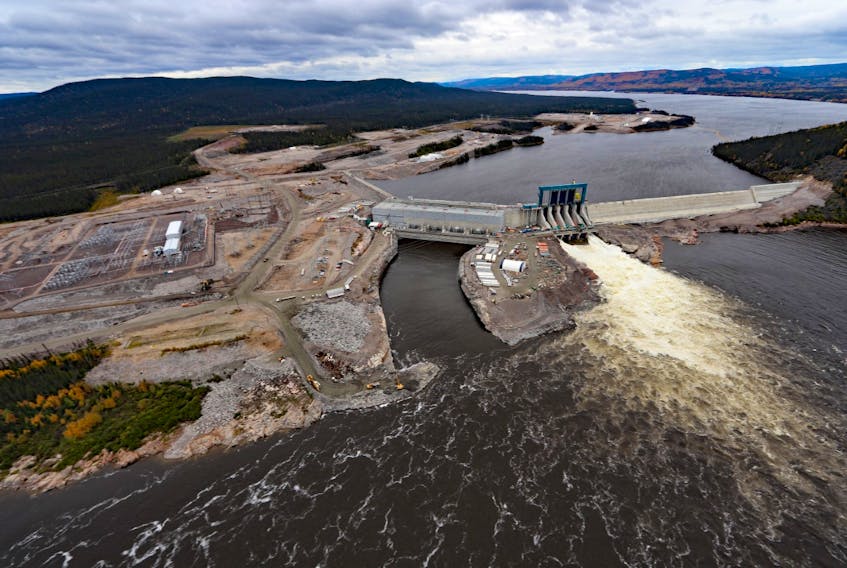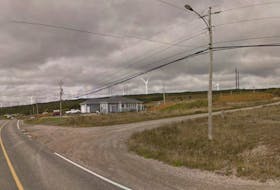On Feb. 10, the premier and the federal minister of natural resources announced a “sustainable long term solution” to protect ratepayers from escalating power rates.
The premier’s letter to federal Finance Minister Bill Morneau dated Feb. 6 states that “At the core of our agreement is the requirement to transition the Muskrat Falls/Labrador transmission assets revenue model to a cost-of-service model, which will ensure that equity returns are redirected from Nalcor to ratepayers. With your involvement, the monetization of suitable MF project assets, such as the dividends from the Labrador-Island Link, is also required to ensure a sustainable long-term solution.”
This would have been an important announcement had both governments demonstrated that the dividends are not imaginary and that, taking into account the deferred costs of the generation assets, there will be equity in the LIL worth monetizing. Without more detail it is hard to say how meaningful the announcement is and the level of federal commitment.
The target for the negotiations is the date of project commissioning, which is quite indeterminate, given the delays arising from software problems on the transmission line, combined with needed repairs to the synchronous condensers.
The final cost and schedule are also indeterminate, as is the ability of the project to supply the amount of capacity and energy promised.
There is no issue with a cost-of service-model but to suggest that the transfer of $30 billion in dividends from Nalcor to the province constitutes a solution is highly problematic. The real problem is that these dividends depended not only upon rate escalation at two per cent per annum but on the escalation of demand over a 50 year supply period. Even Nalcor has backed away from its load growth projections.
The $30 billion in dividends which are to be transferred is pure fiction.
If dividends did exist they would simply transfer money from ratepayers to taxpayers. They do not exist as a revenue source to cover costs. If such dividends existed there would be no problem transferring them to the province, which is the sole shareholder and which can direct Nalcor as it sees fit.
Yes, there has to be formal recognition that the dividends will not be paid but that is not the solution. Underlying the dividends are costs that will not go away. The costs are real; the dividends are not.
The original plan was a hybrid cost-recovery model in which the cost of the transmission line will be recovered through the traditional cost of service approach while generation costs would be recovered from ratepayers in the future through an alternative approach which essentially shifts present costs to a later date. In this case it is the return on the province’s borrowed equity which was shifted into the future. The dividends will only be paid after all other costs are recovered, which means the shareholders bear the risk. If revenues do not cover costs then dividends will not be paid.
The promised deferral of sinking fund payments up to the end of 2021 and the waiver of the requirement to pre-fund cost overruns do not materially reduce costs. The monetization of dividends from the project is a challenging prospect and we do not know how this will be done. When the project is completed the province will have invested between $4 billion and $5 billion and federally guaranteed debt will be $7.9 billion or more. The province’s equity investment has to be repaid along with interest payments. These are real costs that the province is now incurring and are not included in the $726-million revenue requirements.
There remains great uncertainty about how high the project costs will go and how long it will take to put in place a new financing plan. As we go forward it is important that all options be on the table and that our government be fully transparent in disclosing the full cost and the revenue assumptions used in the restructuring plan.
In assessing the proposed arrangements it is vital that we not simply transfer the costs to future generations.
The reality is that a long-term solution is not yet at hand, despite the announcement.
David Vardy,
St. John’s









